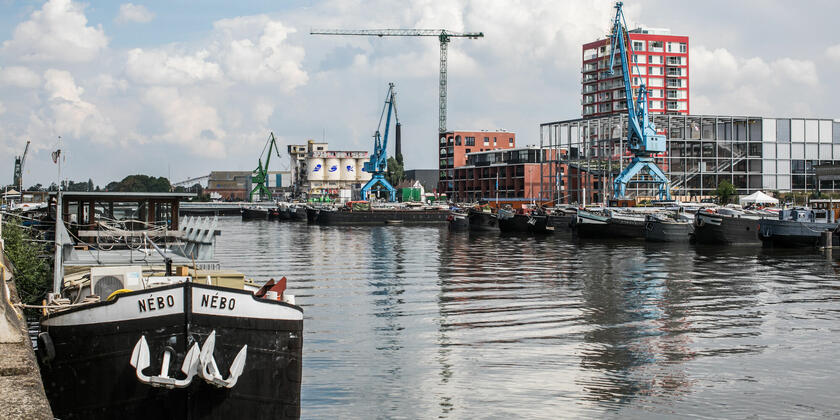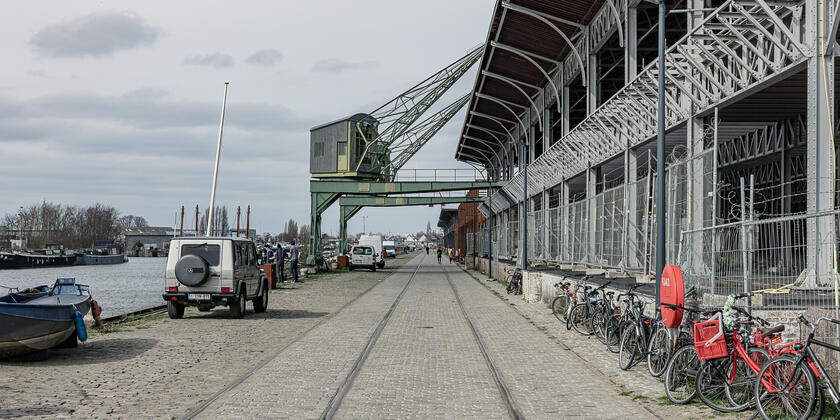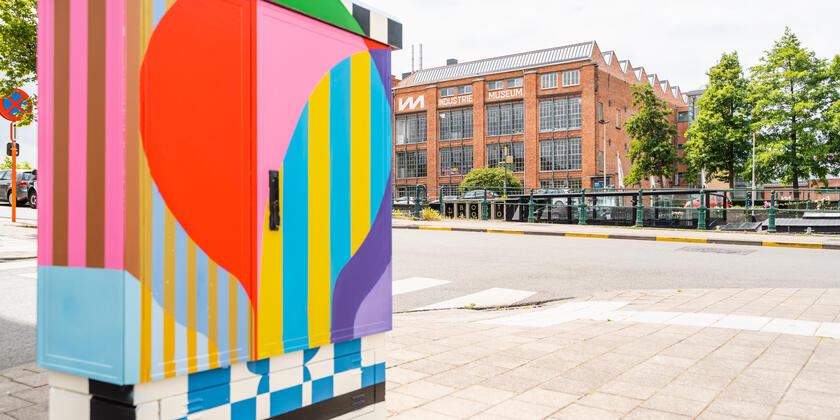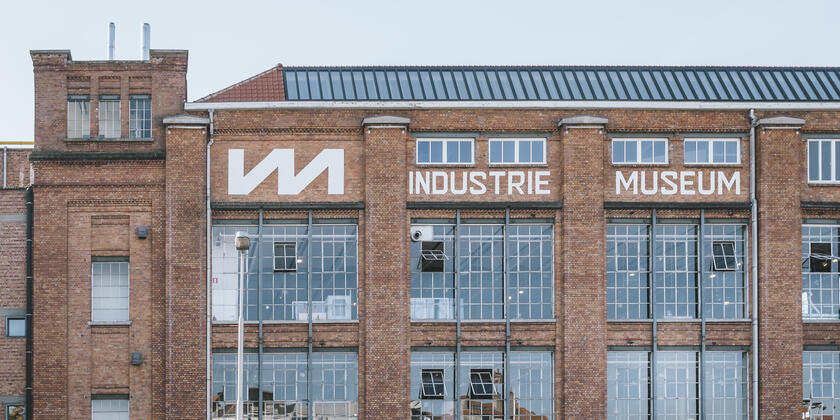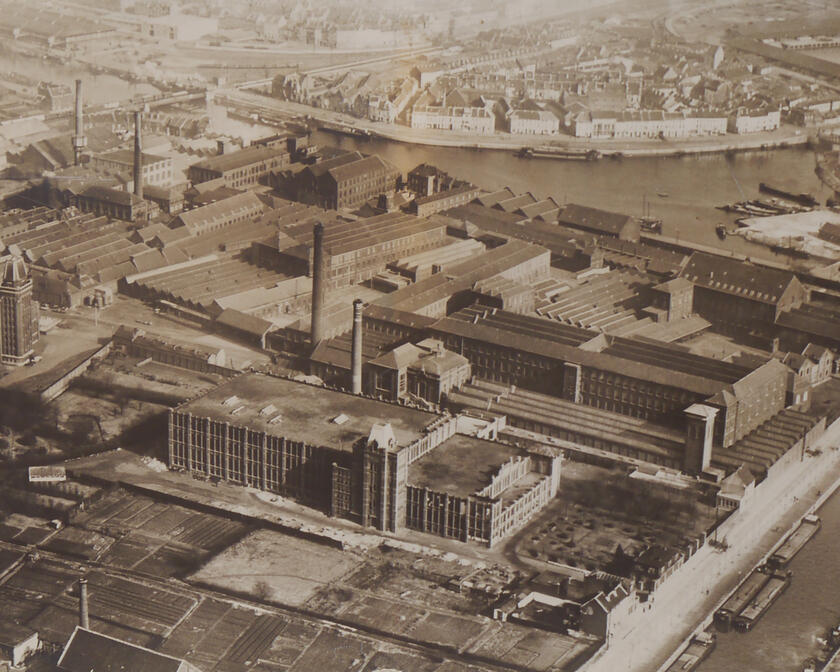

Ghent was without a doubt the industrial heart of Flanders: a pioneer of the Industrial Revolution on the European continent, especially in the textile industry
Industrial Ghent, a journey of discovery
The Museum of Industry sheds light on world history from a local Ghent perspective. We zoom in on how goods are/were produced and under what conditions people work/worked. Our focus is on industry in the 19th, 20th and 21st centuries. At the museum, you get to know a different side of Ghent by means of everyday objects. After all, don’t we come in contact with textile and printed matter on a daily basis?
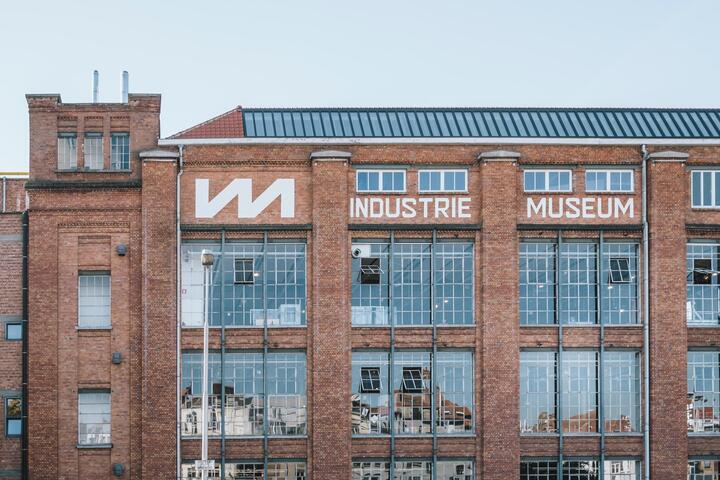
Important objects
One of the museum’s showpieces is the ‘Mule Jenny’, a spinning machine that has been listed as important cultural heritage. Its successor, the ‘Self-Actor’, is also a valuable piece of heritage. It is the type of several metre long spinning machine which is shown in the movie ‘Daens’ (a Belgian drama about the social struggle and work in textile factories in 1890).
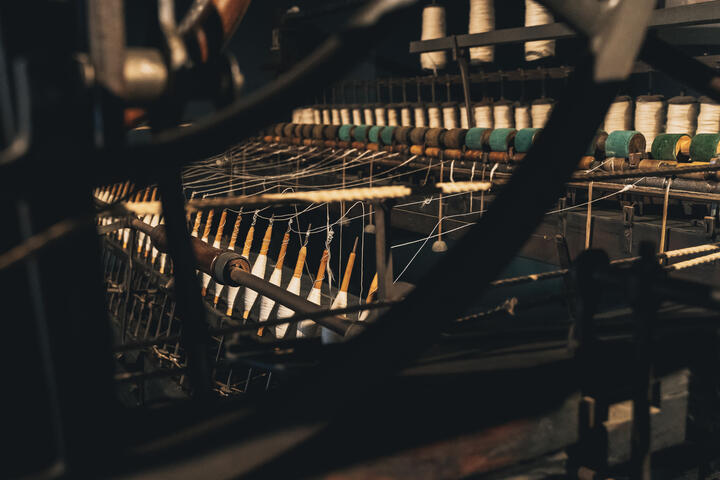
I’m not exaggerating if I say that industry is what shaped Ghent.
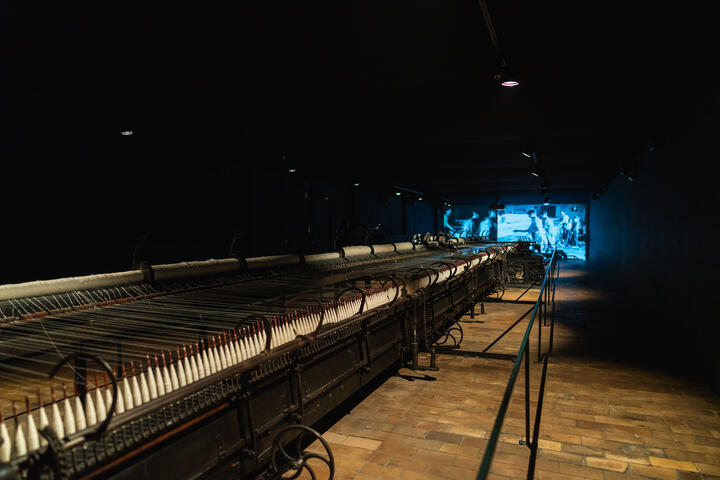
Place of creation
Our museum is more than just an exhibition space. It is also a place of creation, where artists set up residence and people can work with historical machines. There are workshops and creative events for the general public. After all, you have to see living history at work.
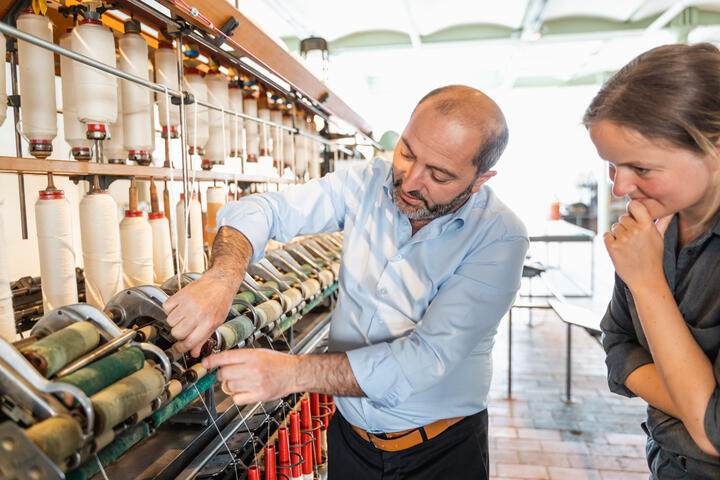
19th-century belt
I’m not exaggerating if I say that industry is what shaped Ghent. In the early 19th century, the industrial activity took place within the medieval city walls. Even the Castle of the Counts accommodated workshops, a spinning mill and workers’ houses. Ghent was without a doubt the industrial heart of Flanders: a pioneer of the Industrial Revolution on the European continent, especially in the textile industry. The Museum of Industry is housed in a heritage building: a former cotton spinning mill dating from 1810. It was a time when industrial activity was developing rapidly. Around 1860, factories began to spring up on the outskirts of the city, giving rise to the 19th-century belt. The surrounding villages also gradually suburbanised.
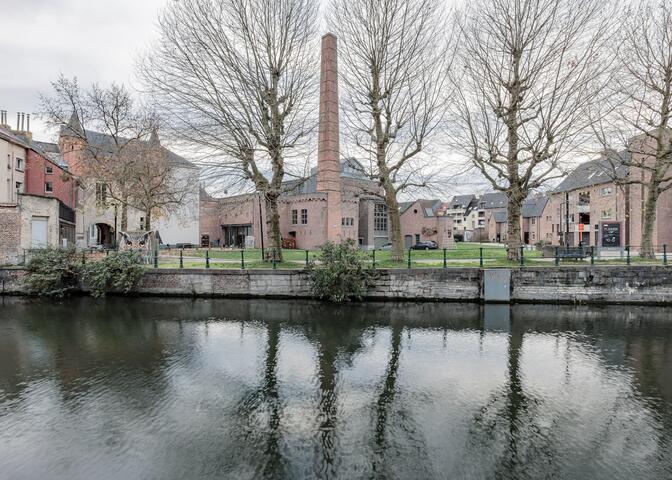
Labour migration
By the end of the 19th century, Ghent had become a patchwork of factories and its population had tripled: many new inhabitants had moved from the countryside to the city for a job in industry. The textile factories required a never-ending stream of workers. This situation continued well into the 1960s. Back then, the critical shortage of human resources was filled by migrants from North Africa and Turkey. They went to work in textile factories and heavy industry.
Workers’ houses
What’s remarkable in Ghent’s industrial history is the density of workers’ housing. Tens of thousands of people lived on a limited surface area in tiny houses built around courtyards. You can still spot many of them if you walk through the city – the Monument Conservation and Urban Archaeology Department has recently mapped them. If you want to discover Ghent’s industrial heritage, then use the ‘Traces of Industrial Ghent’ walking map to plot a route. You’ll discover a different perspective on several locations in the city centre.
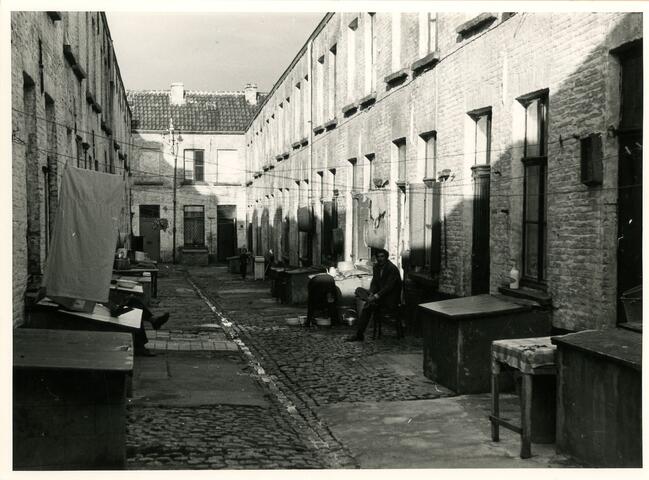
The Oude Dokken
We have also drawn up a walking map for the Oude Dokken neighbourhood, a former port area which is currently under redevelopment. It’s an inspiring place, featuring former factory buildings and authentic dock-side cranes, where you can still sense the atmosphere of the industrial age. I love places where the rough edges have not been smoothed completely. It makes the past tangible.
The Tondelier site
By bike, you can follow the ‘Cathedrals of Industry’ route which takes you along former textile factories and industrial sites. Some sites have been repurposed, others still lay abandoned. So fascinating! Located not far from the city centre, the Tondelier site is one of those places where you can still see the original gas tanks of the former gasworks. The QR codes on this site allow you to watch videos explaining how the plant worked.
That’s right: there are lots of ways to discover Ghent’s industrial past. Come and visit the Museum of Industry and be inspired!
Hilde Langeraert
Hilde Langeraert has worked at the Museum of Industry in Ghent for ten years. As a history student, she fell in love with the museum because the subject fascinates her. How are goods manufactured? Where do people work? The relevance of her research topic is what drives Hilde Langeraert forward. As curator, she coordinates all exhibitions that come to life at the Museum of Industry.

